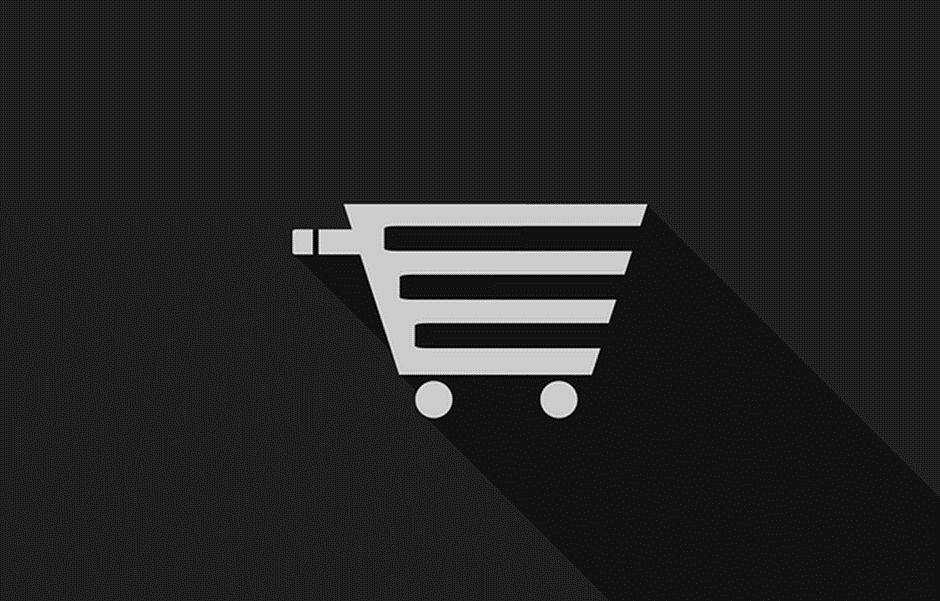
After the lockdowns of the Covid-19 pandemic pushed more people to shop online, the eCommerce industry booming across Europe, and Cyber Monday confirmed as the largest online sales day on record, there is now more incentive than ever for entrepreneurs and bricks & mortar retailers to turn their attention to online retail. However, much with building any business, certain key considerations and strategies must be observed when launching a successful eCommerce business. Read on to discover the seven key steps to developing a thriving online store…
Step 1: Purchase a domain name
The first stage to building a successful online retail business is to find a suitable domain name. You want something that is memorable, easy to spell and isn’t too similar to the URLs of your competitors. Do your due diligence if you are purchasing a domain name from an already trading company or via auction as you don’t want to buy a URL that’s subject to Google penalties.
Step 2: Find a web development partner
There are, of course, plenty of free resources to allow you to create a selling site yourself, but to create a unique, usable, most essentially search engine friendly & secure site, you’ll need to speak to an expert!
In order to make your online store a reality, you’ll need to find a reliable, experienced web development partner. Search for a development team that has a proven track record with eCommerce sites, can show you examples of eCommerce stores they have built and is knowledgeable on subjects such as payment gateways and eCommerce platforms.
Step 3: Choose a platform
Once you have a web development partner in place, they should be able to advise you on the most appropriate eCommerce platform for your needs. A common option is WooCommerce which dovetails very nicely into WordPress allowing you to manage your whole website from one control panel. Woocommerce is free, as is WordPress, you will have to pay for web hosting, however for smaller shops that can start from as little as a few pounds per month.
Step 4: Decide on a theme or design
Once you have your eCommerce platform selected, you’ll need to decide on a look and feel for your new online store, if you have any existing branding a good designer will be able to incorporate the look and feel of your business into your new site. At this point design and customer journey both have a part to play. Speak with your web development partner to plan and plot the journey you want your new and existing customers to take through the website.
Step 5: Write your content
While your web development partner is hard at work behind the scenes, begin the task of creating your web copy. You’ll need to conduct thorough keyword research beforehand, to ensure your product descriptions, landing pages and other web pages are optimised for launch. Don’t forget strong calls to action too.
Remember that every page on your site should have unique and interesting content, if people want to read it, the search engines will pick that up too.
Step 6: Test, test, test
Before your site officially goes live, you’ll need to conduct extensive testing. Your web development partner should do this before hand over but, you’ll also need to thoroughly test the site, using a range of different devices. Go all the way through the checkout process too and ensure the journey to sale is as seamless as possible. Testing should continue after the site launches so you’ll also need a plan of action for A/B testing as you move forward. This is just as true in 2022 as it has ever been!
Step 7: Launch your marketing plan
You’ll need a robust digital marketing plan to accompany your site launch. It’s a good idea to get started before your site goes live to build awareness and then kick it up a notch when your eCommerce site launches. You’ll need to consider paid search initially, but you should also simultaneously be working on a longer term SEO plan, social media marketing, content marketing and email marketing to drive relevant, targeted traffic to your site.
Step 8: In 2022
It’s more important that ever to design sites that load fast with a search engine friendly layout, this needs to be considered at every stage from design to build.
Make sure you are aware of the Data Security requirements for any customer data your business may deal with, sometimes this can be as simple as a properly worded Privacy Notice. If you’re dealing with more sensitive customer data or using 3rd party companies to provide a service to your customers, you will need to check the requirements under the Data Protection Act 2018.

